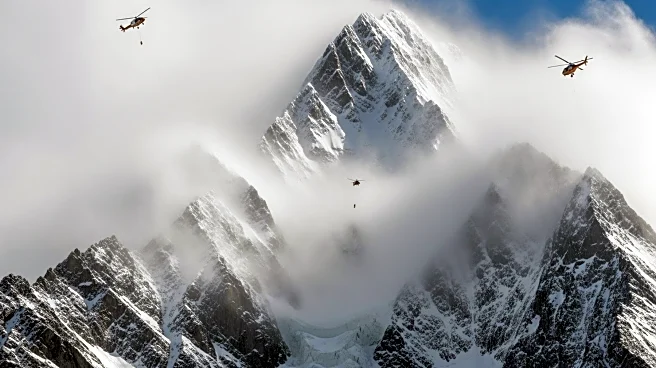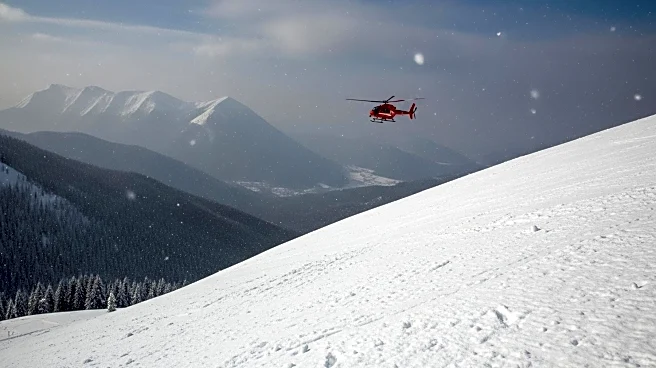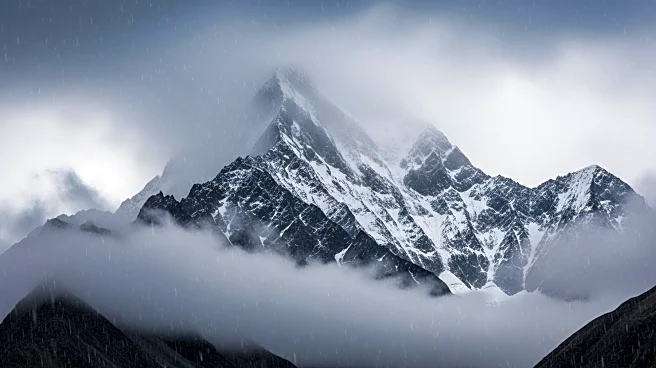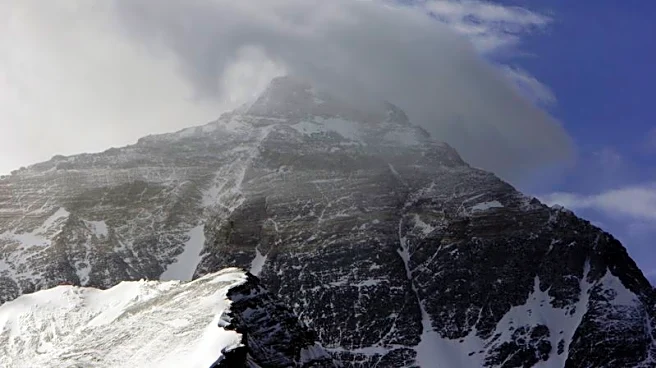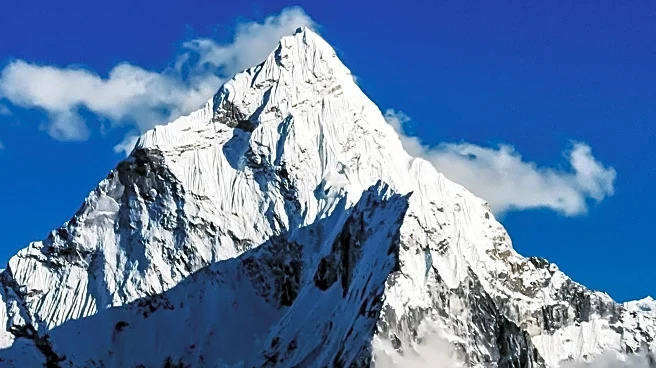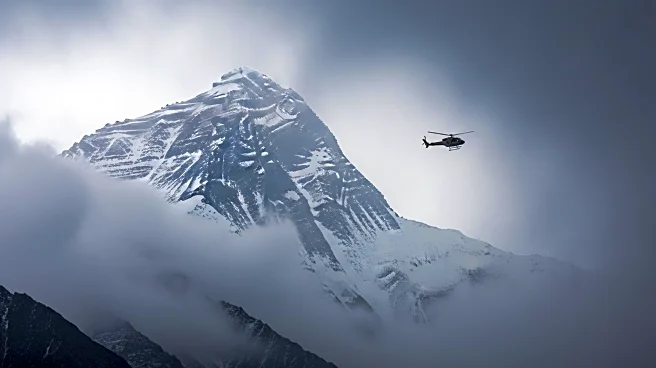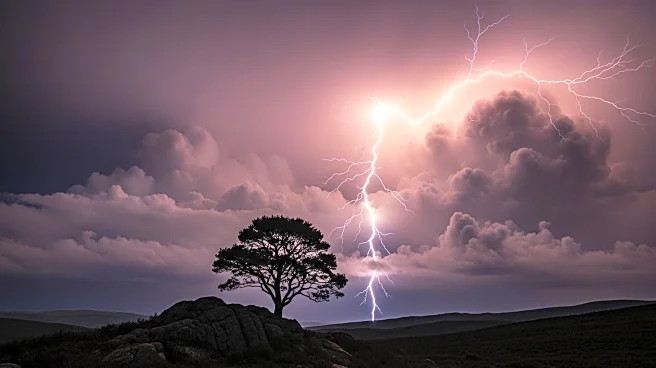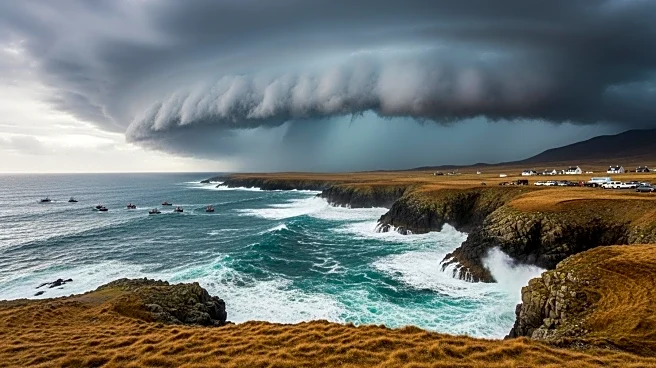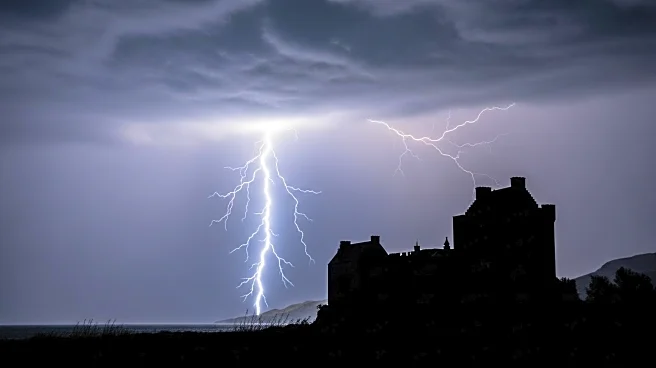What's Happening?
A snowstorm has trapped nearly 1,000 people on the eastern slopes of Mount Everest in Tibet. Rescue efforts are underway, with hundreds of local villagers and rescue teams working to clear snow and provide assistance. Approximately 350 people have been rescued and guided to safety. The snowstorm began on Friday evening and has intensified, affecting an area popular with climbers and hikers. The situation is being closely monitored by local authorities and rescue operations are ongoing.
Why It's Important?
The incident underscores the risks associated with climbing and hiking in extreme weather conditions, particularly in high-altitude regions like Mount Everest. It highlights the need for effective emergency response and rescue operations in remote areas. The situation also raises concerns about the safety and preparedness of climbers and the potential impact of climate change on weather patterns in the Himalayas. The event may prompt a reevaluation of safety protocols and regulations for climbing expeditions.
What's Next?
Rescue operations will continue as authorities work to ensure the safety of those trapped. There may be increased scrutiny on the management of climbing expeditions and the implementation of safety measures. The incident could lead to discussions on improving infrastructure and communication systems in remote areas to better handle emergencies. Authorities may also consider reviewing and updating guidelines for climbers to enhance safety and preparedness.
Beyond the Headlines
The snowstorm may prompt a broader discussion on the impact of climate change on the Himalayas and the potential for more frequent extreme weather events. It also highlights the need for sustainable tourism practices and the importance of balancing adventure tourism with environmental conservation. The incident may lead to increased collaboration between countries in the region to address shared challenges related to climate change and disaster management.

